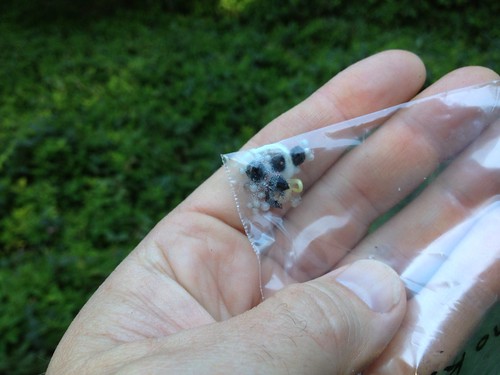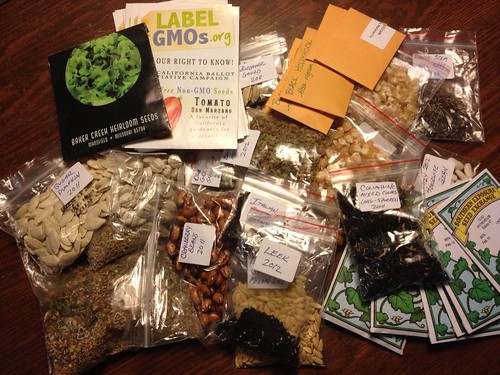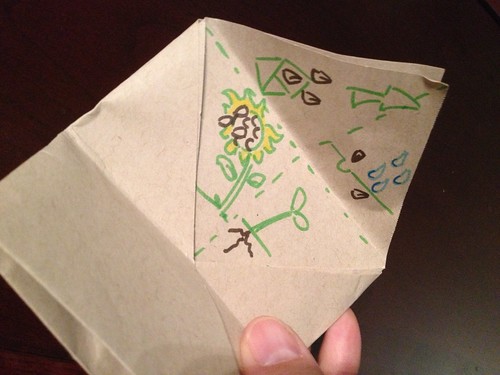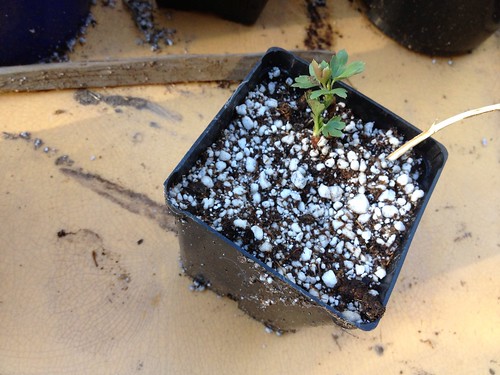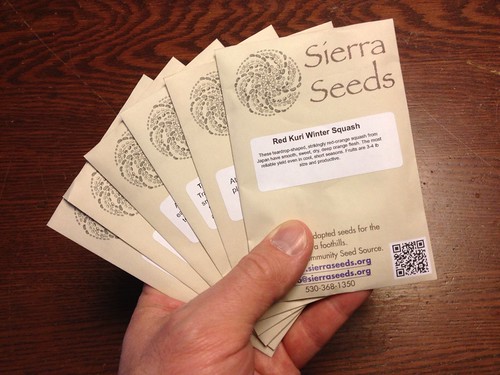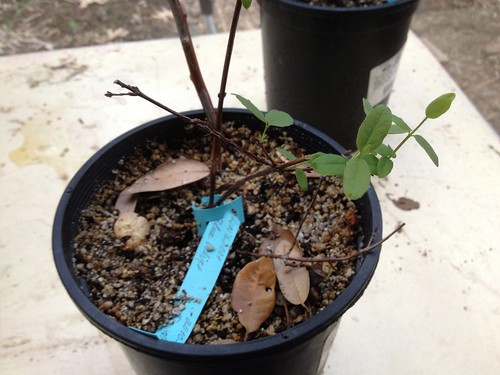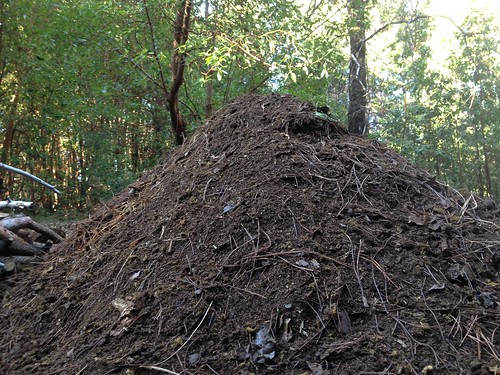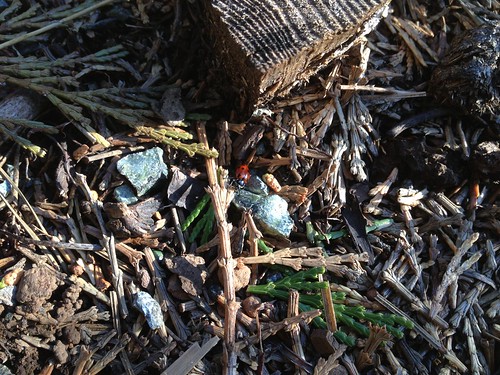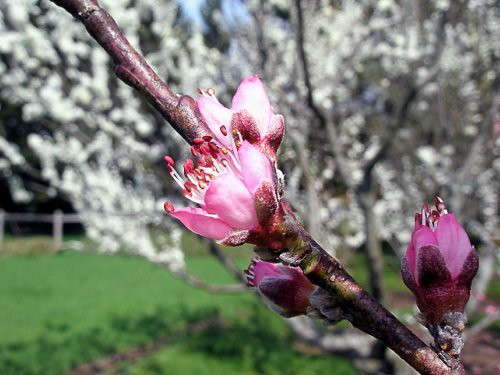
Lots going on in the garden these days… Where to begin? The elephant garlic – Allium ampeloprasum var. ampeloprasum, botanically more leek than garlic – is ready for harvest. It produces one or more fat, flavorful cloves, some of which are saved for October planting in the garden proper. Each plant also produces a few smaller “escape pods,” cloves with rather hard shells, which are perfect for planting out in the various food forest plots.
In other news, the walnut is doing fine, five of eight hibaku seeds (three hackberries and two ginkgos) germinated and are growing, and many of the fig and pomegranate and golden currant cuttings I took in the spring have rooted, and some I’ve even planted out. The summer garden – potatoes and peppers and tomatoes and eggplants and beans and cucumbers and squashes of various kinds – is chugging along, enjoying the warm weather of late. I’m crossing my fingers for a good harvest!

